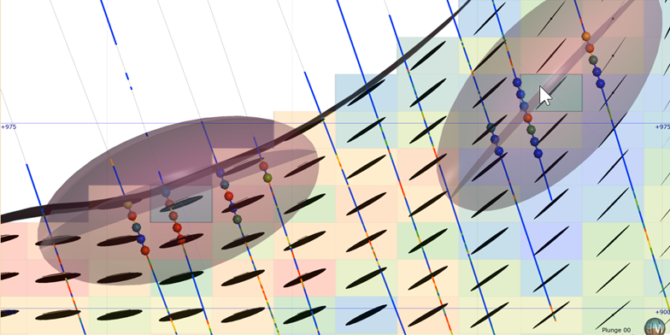
Leapfrog Edge’s Variable Orientation Tool
Classical geostatistical estimation requires the user to define volumes of stationarity (domains) within which estimation can be safely performed. In basic estimation a single constant
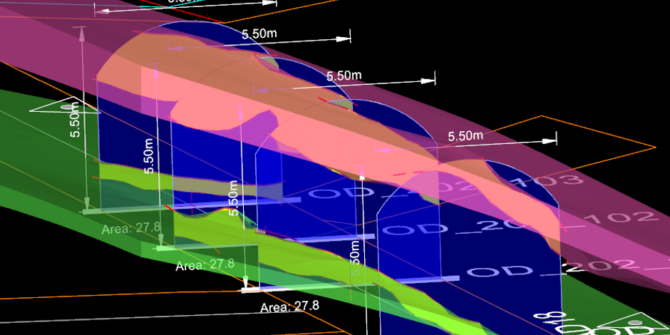
An Underground Mapping to Implicit Modelling Workflow
Kathryn Gall, BSc, GradCert Geostats, MAusIMM - Senior Technical Lead, Seequent Nick Anderson, BSc(Hons), MSc, MAusIMM - Product Manager - Geotools, Deswik In mining geology,
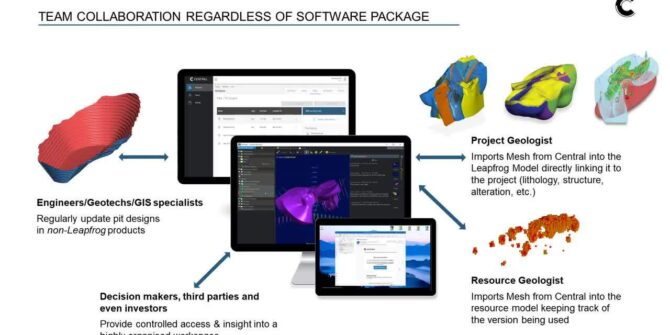
Central Browser – 1 New server connection
While the Browser may look quite different from the version used to record this video, the content in this video is still entirely valid as
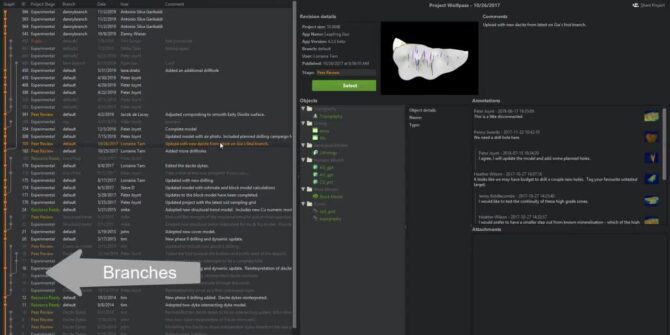
Central Browser – 2 Navigating the Central Browser
While the Browser may look quite different from the version used to record this video, the content in this video is still entirely valid as
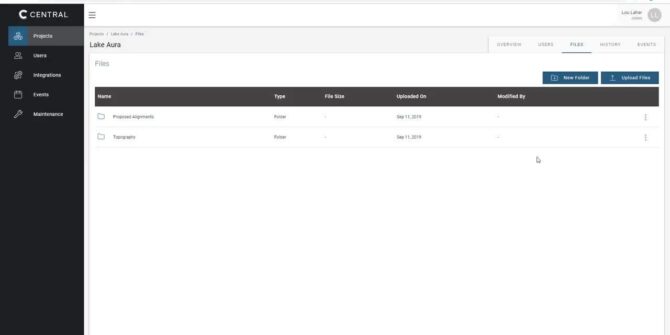
Central Portal – 2 The Data Room
00:00:03 - Introduction 00:00:29 - Finding your project's Data Room 00:00:40 - Organise your files 00:01:01 - Using files in the Data Room 00:01:19 -

Central Portal – 3 Permissions
00:00:04 - Introduction 00:00:22 - Find your license entitlements 00:00:37 - Understanding your permissions 00:01:06 - Leapfrog Connectors 00:01:20 - Edit a user and their
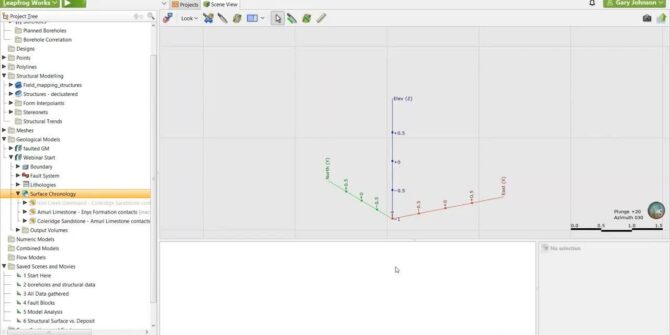
Leapfrog Works Best Practice: Modelling Complex Geology
Please note: The material covered in this webinar is meant to be more advanced and the subject matter assumes the audience already understands Leapfrog Works
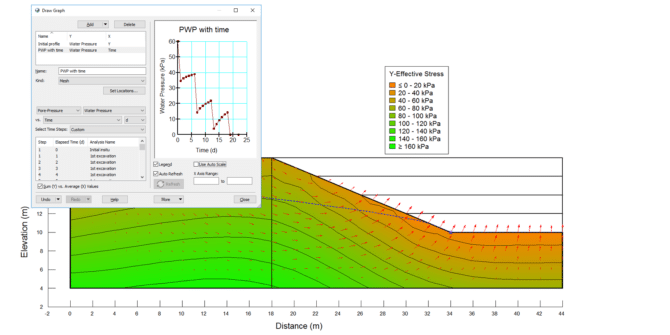
Strength Reduction Stability
Introduction Stability by strength reduction is a procedure where the factor of safety is obtained by weakening the soil in steps in an elastic-plastic finite




